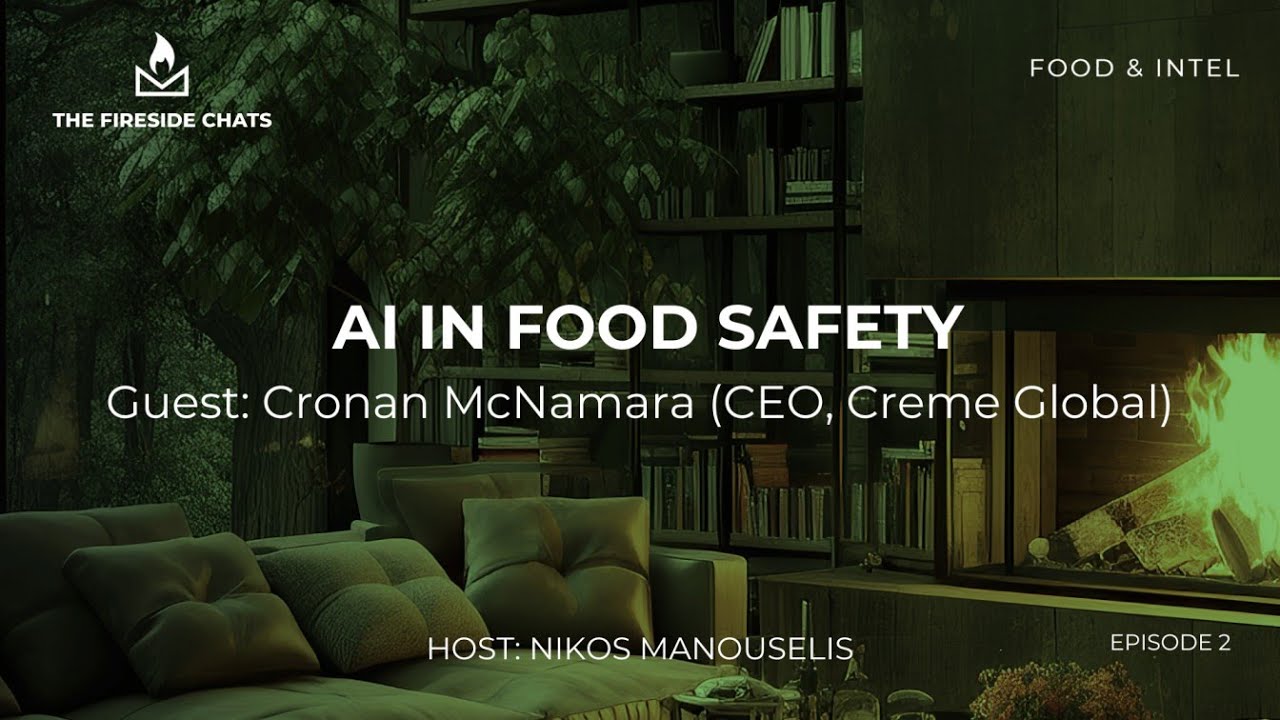How might we make predictions in a world of choice and randomness? If we borrow a concept from modern physics, we may be able to make lots of predictions rather than just one. According to the Many-worlds theory there are effectively ‘Parallel Universes’ where all of the possible scenarios and choices we make in life get played out. So with this in mind, we might decide that the best way to predict what people consume to is to simulate many different parallel paths that an individual takes throughout their day.
For example, picture a man (let’s call him John) who gets out of bed for work and starts to make choices about his day. We might know that John typically consumes one of two types of breakfast every morning based on information about his past. We then simulate consumption of one breakfast and then separately simulate another breakfast type. John has now taken two paths in his daily consumption. Next, John might typically use the same toothpaste, soap and shampoo, so there is no choice to be made. However, John does tend to use one of three types of deodorant. So now John, who already went off on two separate paths over breakfast, can now take three possible paths in terms of what deodorant to use. Next, it turns out that it’s raining outside so John might choose between taking the bus to work or driving his car to avoid the rain. As is happens the rain isn’t too bad, so one path to take is to get the bus; however, John might be a bit lazy so he could also drive. We now split into yet more parallel universes where John gets in his car, which means he is now inhaling the air freshener hanging from his rear view mirror, while his parallel twin is on the bus inhaling nail polish remover from the lady in the seat next to him.
So far our hypothetical consumer has split into 12 parallel universes and it’s not even 9 am yet! We continue to simulate the possible choices that John makes throughout the day in more parallel universes. At the end of the day we will have more than one prediction based on all the possible paths John took. But which one path will John actually take? We can never truly know, however, John will more likely take some paths over others based on what we know about his past behaviour. Importantly, if we were interested in aggregate (combined) exposure to specific chemicals in the products John consumed, then we have the option to analyse the lowest, highest and average aggregate exposure from all parallel universes.
Interestingly, we can make simulations like this using classical parallel computing where one computer processor might simulate one pathway, while another computer works in parallel and so forth to simulate a different pathway as John’s universes diverge. However, we might end up needing thousands of processors working in parallel for one individual! Although this problem may be solved with the help of quantum computing, which may become ubiquitous in the future.
A good example of this type of analysis carried out here at Creme Global is the EFSA Compiled database. This database contains data representing the long-term diet of the European population which was developed by Creme Global through the application of a statistical model on the short-term food consumption data provided by several national surveys. The basic assumption underneath the statistical model is that every day a person chooses to eat different foods. Therefore the model randomly assigns to each simulated person-day a different combination of consumed foods in order to capture as many food consumption patterns as possible. This results in a diverse yet representative data set that can be used for nutritional intake and aggregate exposure assessments.


